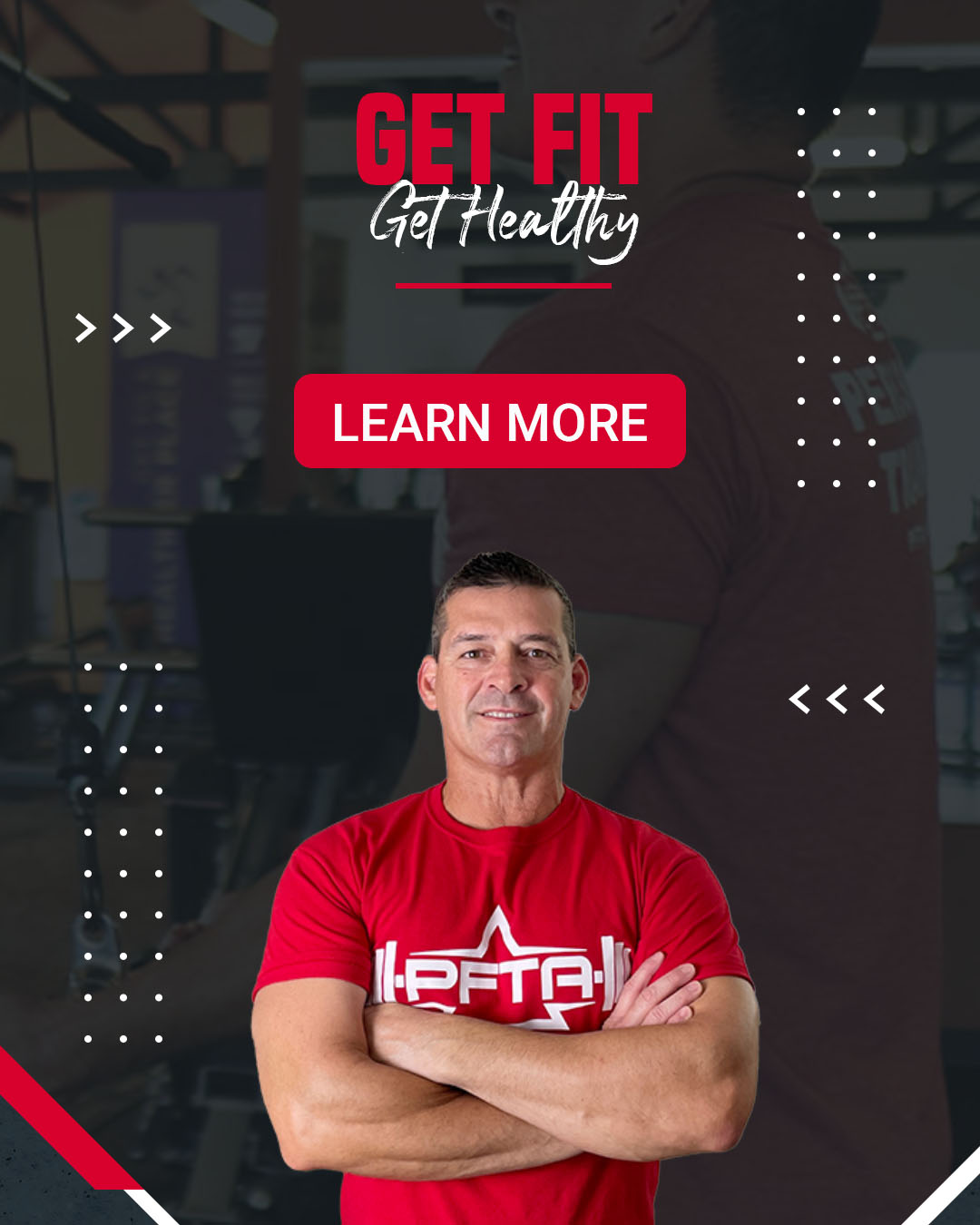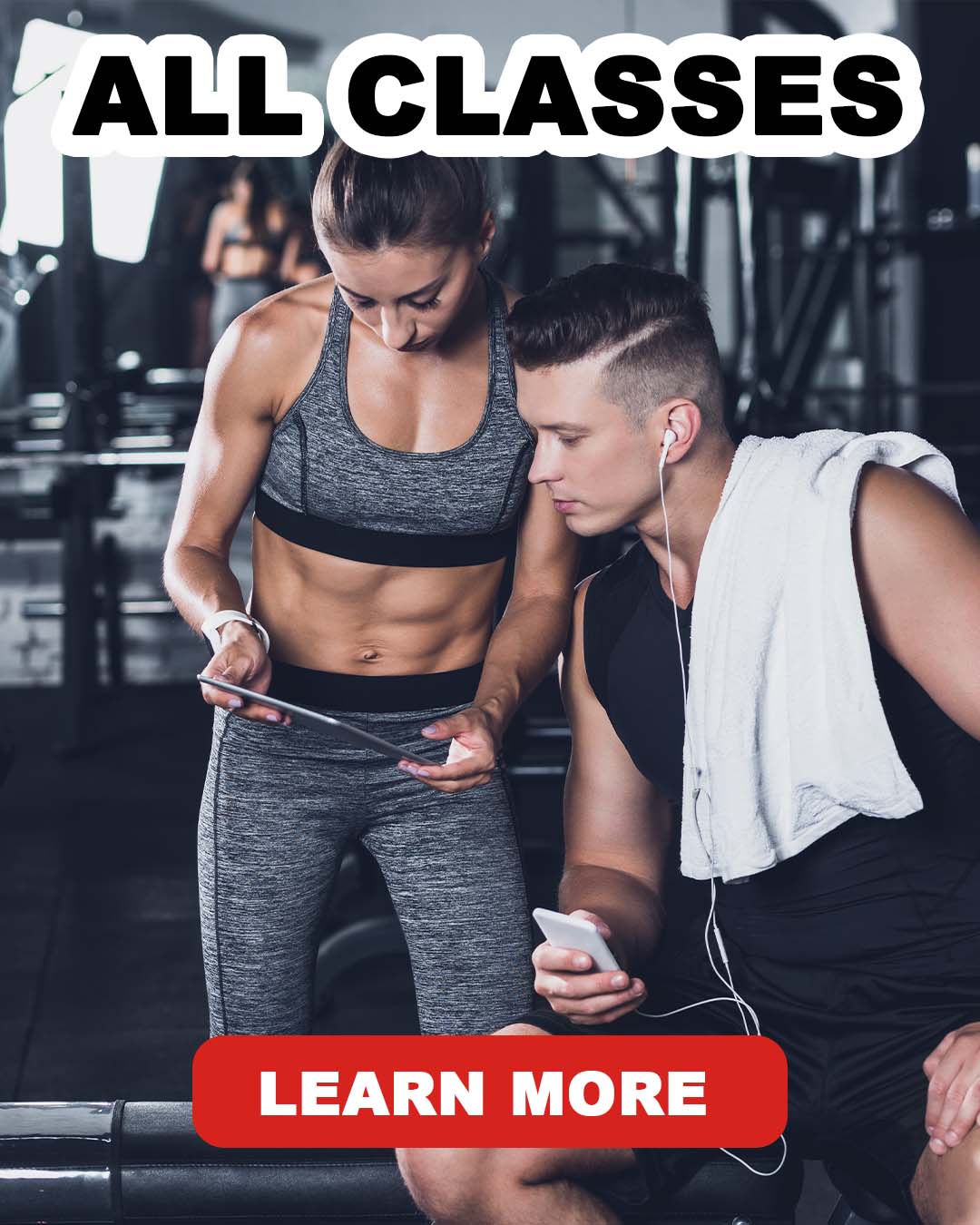Lat Pulldowns
Today we're going to focus on your back muscles, and more specifically, your lats. A strong back will lead to good posture and a balanced body. What's the best pulldown exercise for your lats? We break down the science and discuss 3 very good pulldown exercises and 1 NOT so good pulldown exercise. Click the image below to watch the exercise demos. Or, keep reading to learn more about pulldown exercises.

#1 Wide Anterior Pulls
The wide-grip lat pulldown is probably the most popular pulldown exercise, and fortunately, it is also the most effective. A study by Signorile et al. (2002) confirmed that of all 4 exercises in the study, this exercise recruited the latissimus dorsi more than the other exercises. Moreover, anterior pulls also recruited the teres major more than the other 3 exercises, so wide grip lat pulldowns should definitely be in your exercise routine for back day!
Pull-ups
Don't have access to a pulldown machine? A similar exercise would be wide grip pull-ups (pictured below). Both of these exercises target your lats, teres major, and more. And if you can't do a pull-up, the video below will also help you with your pull-up goals.

Pulldown Techniques
As always, safety first. Choose a weight you can comfortably pull 10 to 15 reps. Pull your elbows straight down by contracting your lats. There is no need to rotate your shoulders. You don't have to keep pushing the bar down with your hands. We are specifically targeting your back muscles only!
Feel your lats eccentrically contract on the way up. If you extend too far up, your lats become disengaged and your arms will start to take over. If you have ever completed a set of lat pulldowns and your arms are more tired than your lats, then you are going too high. Keep your lats engaged through out the movement for the best back workout.
And, if you need more help with an exercise or nutrition plan, click the image below to contact a PFTA certified personal trainer.

#2 Close-grip Pulldowns
According to the same study, the close-grip pulldowns (pictured below) is #2 in lat recruitment. But, interestingly enough, it is the best of the 4 exercises when it comes to the recruitment of the pectoralis major and the posterior deltoid. On the other hand, it is last in teres major recruitment. I like this exercise on back days, and especially as a transition exercise between back and chest exercises. Once again, lead with your elbows and make sure to keep your lats contracted through out the movement.

Also, the neutral grip above is very similar to the grip used on the seated row. The seated row is another great exercise for your lats, traps, and rear deltoids. Furthermore, the seated row also strengthens your low back. Click the image below to watch exercise demonstrations for different types of rows. Or click this link to read more tips and techniques of the seated row.

#3 Supinated Pulldowns
Supinated grip pulldowns (pictured below) are also known as underhand pulldowns. According to the same study, this exercise wasn't best at recruiting lats and teres major, but it did fall in the top 3. One of the muscles they did NOT study was the biceps brachii. Because of the supinated grip, I bet the biceps brachii is highly active during this version of the pulldown. Therefore, to add variation to your workouts, we recommend utilizing this grip every once in a while as well.

And if you want learn more about exercise science and sports nutrition, we've designed several classes to get you started. Click the image below to learn more about all of our classes.

Biceps
Speaking of biceps, many athletes will work out back and biceps on the same day. As you can see, biceps are assistors when it comes to pulldown exercises. Therefore, working out your biceps after working out your back muscles does sound like a good idea.
We've created a video outlining the best bicep exercises you can perform at the gym. Click the image below to watch the video. Or, you can click this link to read the article.

#4 Behind Your Head
On the other hand, our fourth exercise is NOT as safe as the top 3. The wide-grip pulldown behind your head may put your neck and/or shoulders at risk. First of all, pulling the bar behind your head may cause excessive cervical flexion. Second, some clients may lack the flexibility in the shoulder joint to externally rotate enough to comfortably pull the bar behind their head. So this movement may put your neck and shoulder at risk for injury.
Furthermore, according to the EMG data in the study, pulling down in front of your head recruited more muscle fibers than pulling down behind your head. Therefore, there is no need to risk your client's health by adding this exercise to their routine. Stick to utilizing the other 3 exercises above.

Shoulders
Speaking of shoulders, it's always a good idea to work out all 3 heads of the deltoids to maintain muscular balance. We've created a video with exercise demonstrations for all 3 heads of the deltoid: the anterior deltoid, the middle deltoid, and the posterior deltoid. Click the image below to watch the video. Or, click this link to read the article.

Knowledge is Power
And if you want more tips on exercise and nutrition, add your email below. You'll receive weekly tips directly to your inbox. Plus, you'll also receive the occasional coupon code for our classes.
Summary
There are a bunch of great exercises for your lats, teres major, and other back muscles. But if you're talking about pulldowns, the lat pulldown in front of your head has to be #1 on your list. Working your back muscles will also keep your posture strong. But sometimes your muscles crave variety so change up the pulldown exercises every once in a while. Also, don't pull the bar behind your neck unless you are flexible enough to avoid injury.
Speaking of posture, we've created a video to improve your posture and eliminate rounded shoulders. Click the image below to watch the video. Happy health and happy training!

Written By
R.A. Escobar, PFTA Instructor and Personal Trainer
Sources:
Signorile, Joseph F., et al. “A Comparative Electromyographical Investigation of Muscle Utilization Patterns Using Various Hand Positions during the Lat Pull-Down.” Journal Of Strength And Conditioning Research, vol. 16, no. 4, Nov. 2002, pp. 539–546.